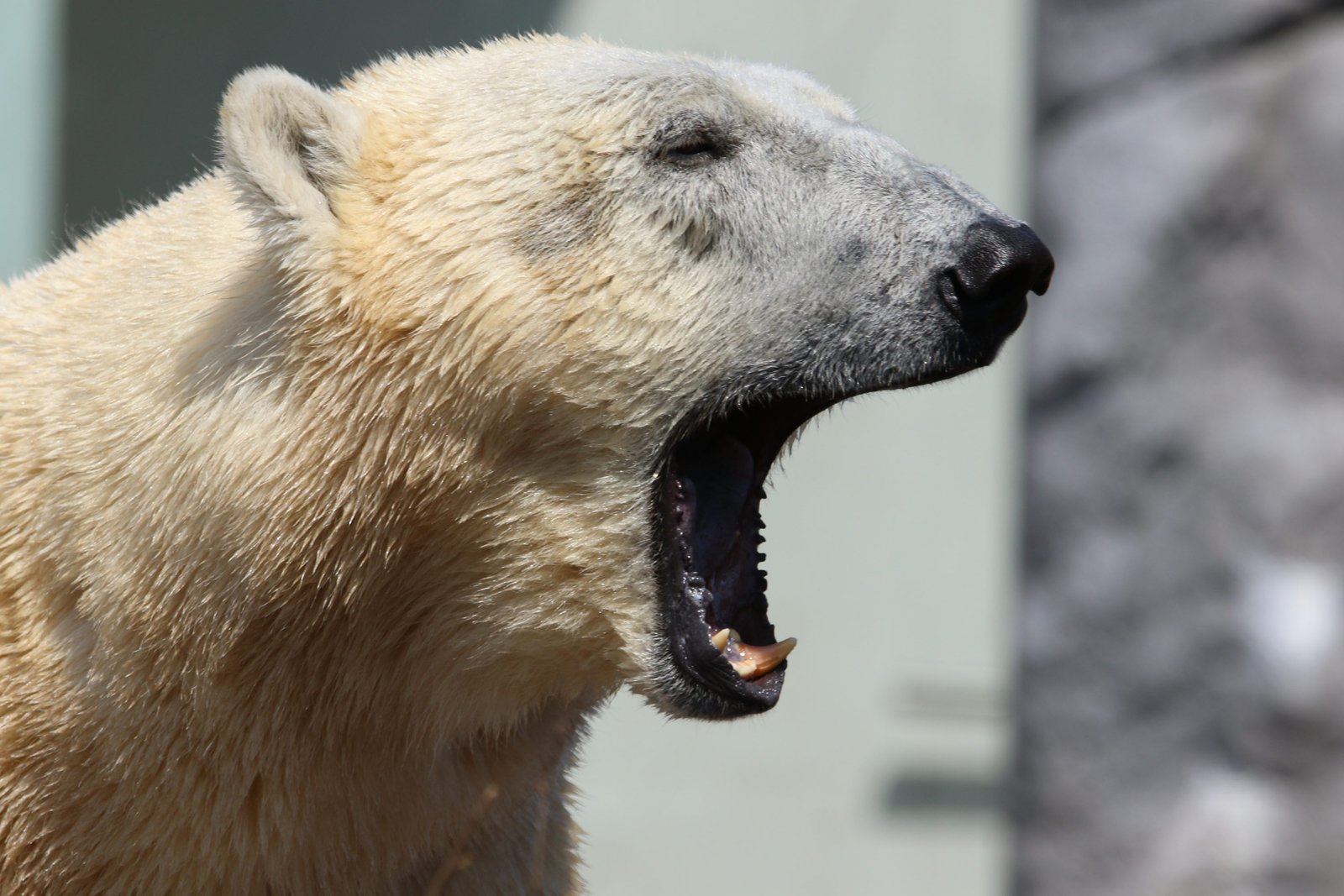Researchers have found an alarming death rate among polar bears in Canada’s Western Hudson Bay, an area that includes a town called “the Polar Bear Capital of the World.”
According to a new government survey, the once populous predators are dying off in the southern edge of the Arctic — and are doing so in high numbers.
Females and bear cubs are especially having a hard time surviving, the study found.
The new survey found a mere 618 polar bears remaining in the area as of 2021, a drop from the 842 that were found in the same area in 2016, when the area was last surveyed.
“The actual decline is a lot larger than I would have expected,” said Andrew Derocher, a biology professor at the University of Alberta who has studied Hudson Bay polar bears for nearly four decades. Derocher was not involved in the study.
Polar bears rely on arctic sea ice — frozen ocean water — that shrinks in the summer with warmer temperatures and forms again in the long winter.

They use it to hunt, perching near holes in the thick ice to spot seals, their favorite food, coming up for air. But as the Arctic has warmed twice as fast as the rest of the world because of climate change, sea ice is cracking earlier in the year and taking longer to freeze in the fall.
Stephen Atkinson, the lead author of the study who has studied polar bears for more than 30 years, said this sea ice is melting earlier in the year and is taking longer to freeze over, due to generally warmer temperatures brought about by climate change.
“Those are the types of bears we’ve always predicted would be affected by changes in the environment,” Atkinson said.
Prof Derocher, who was not involved in the study, said: “It certainly raises issues about the ongoing viability.
“That is the reproductive engine of the population.”
The capacity for polar bears in the Western Hudson Bay to reproduce will diminish, Mr Atkinson said, “because you simply have fewer young bears that survive and become adults”










